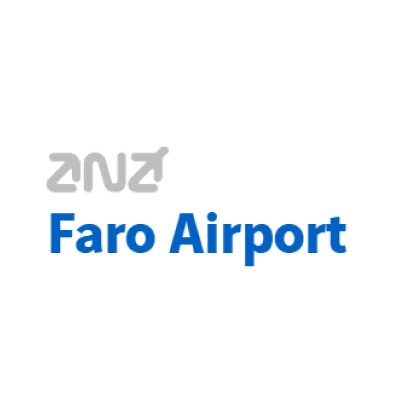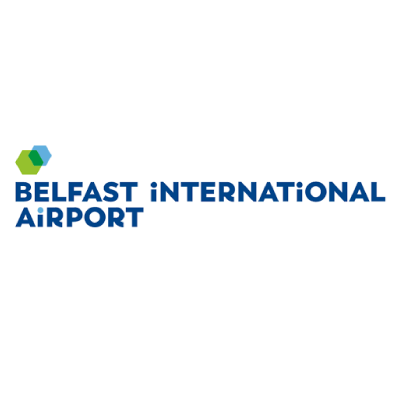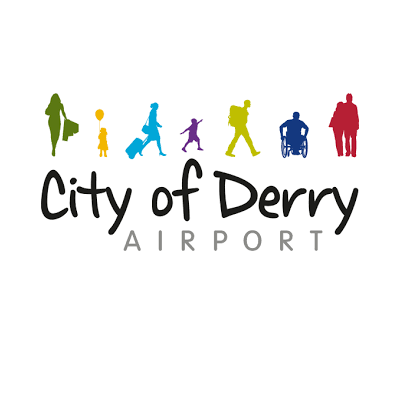In recent years, disruptive technologies have been key drivers of destination marketing, resulting in a cultural shift in the way technology is viewed in Travel. As constantly advancing mobile and social technologies become ingrained into everyday life, they have more impact on how people find the things they want to buy. When a consumer needs something; they flick open an app and order it instantly, preferably to arrive the next day. They want to choose a holiday destination; they head to Instagram.
Destination marketing and customer experience
Destination is the ideal product for today’s market. It centres on experience over things, and forms the perfect opportunity for information and content-based sales. Tools such as social platforms can be used to amplify and distribute content, gaining and monetising influence. The image-sharing platform Instagram demonstrates the power and reach available. With 1bn monthly active users, a typical week on Insta sees close to 1m unique users worldwide searching for travel related hashtags, and over 160m posts for #travel.
While destination marketers embrace social media and the many opportunities it offers for personalised, creative engagement, there’s also been a surge in technological innovations such as machine learning. Machine learning is the basis for Artificial Intelligence (AI). It can be used in the form of virtual and augmented reality to create experiential marketing campaigns.
Experiential marketing is fast becoming an essential tactic across industries, with 80% of marketers saying live events are critical to their company’s success, and 95% agreeing that live events are valuable in forming person-to-person connections in an increasingly digital world. There’s also novelty value to be had, with hotels using robots to deliver room service, and there’s potential in 360-degree images and walk-through video to really offer the customer an experience of a destination whilst they’re still deciding where to go.
For airports wanting to engage with passengers through direct bookings and customer experience, it’s important to consider how site visitors find and interact with the destination pages. Destination guides can be aspirational, personalised and interactive. Recommendations can be offered depending on a customer’s previous buying and browsing history. With correct search engine optimisation, superb quality content and intuitive checkout, your airport website can be the first place a customer goes to research destinations, and a one-stop-shop through which they can book everything they need for the trip. Destination landing pages that link through from social promotions and email campaigns can present customers with a quick and easy booking journey that can be completed in the spur of the moment, even on a small phone screen.
With all that in mind, let’s take a look at the trending destinations for 2020, and what makes them so marketable.
Is there a definitive top ten for 2020?
Punch, “What are the top ten holiday destinations in the world,” into a Google search bar, and the list is fairly predictable: Paris, London, Rome, Bali, Crete, Barcelona, Prague, and so on. What’s interesting is how many of the destinations on the list are European cities. Type: “Top ten city breaks,” and Amsterdam tops the list, followed by Berlin, Barcelona and Venice. However, according to Huffpost and Lonely Planet, the top ten countries to visit are mostly much more far flung: Bhutan, England, North Macedonia, Aruba, eSwatini, Costa Rica, The Netherlands, Liberia, Morocco and Uruguay.
Wait a minute…
England?
Yes, apparently, England won second place in the top ten countries list thanks to the English Coast Path. Due to be completed by 2020, the coastal trail will be the longest managed and way-marked coastal path in the world, allowing walkers to access the entire coastline from the North East to the South West. While the focus of airport destination marketing generally falls to departures, this could be a great opportunity to market your airport as an arrival point from which people can explore the many experiences England has to offer.
What makes the ‘best,’ most desirable destination is obviously subjective. But the one travel writer in the Telegraph found some interesting and perhaps surprising contenders alongside the usual bucket list spots like Machu Picchu, the Taj Mahal and the Great Barrier Reef.
Bearing in mind that Google’s ‘best holiday destinations in the world’ is not a curated list, it is a selection of dynamic results that automatically generates to reflect the most popular search topics, it gives an enlightening window into what travel customers want. Common to all of the destinations explored in the Telegraph, the bucket list places and even the English Coast Path, is the idea of best, biggest, most beautiful or most impressive. The Telegraph list features the following examples:
- IMG Worlds of Adventure, Dubai is a $1bn indoor amusement park that opened in 2016. It’s set within a temperature-controlled hangar, and is the size of around 28 football fields. The park uses heat-mapping technology to monitor traffic and queues for rides in real time, and directs visitors, via an app, to attractions with shorter wait times.
- Majorelle Garden, Marrakech was rescued from speculators by the French fashion designer, Yves Saint Laurent and his partner in 1980. Designed by painter Jacques Majorelle, the garden was first opened to the public in 1947. His series of botanic landscapes are considered to form one of the most beautiful gardens in the world
- Among the larges Buddhist temples in the world, and the holiest outside Tibet, Boudhanath Stupa, Kathmandu, is a UNESCO World Heritage Site. It was built between the seventh and 14th centuries. Badly damaged by an earthquake in 2015, the structure above its ornate dome had to be restored. It reopened in November 2016
- Bora Bora, South Pacific, is marketed as the epitome of romance, and is a popular honeymoon destination. The island is an extinct volcano framed by coral reefs and white sandy beaches considered some of the most beautiful in the world.
- Seven Mile Beach on Grand Cayman features crystal clear seas, perfect for posting enviable social media pics, glamorous luxury hotels and top-class diving schools.
- The Churchill War Rooms in London is a museum dedicated to the achievements of the wartime Prime Minister. It ranked higher than both the Natural History Museum and the National Portrait Gallery.
Being the best – the importance of Instagrammability
Generation Z and millennials rely heavily on social media, web articles and magazines, as well as word of mouth, for holiday inspiration. When researching destinations, this demographic may begin by choosing a particular city or landmark and finding that place on Instagram. Social media image platforms help confirm and validate the beauty and impact of a place. If a friend or trusted brand posts a picture of that location, the connection is even stronger.
According to an Expedia Media Solutions poll, the rise of social media, which has disrupted the travel market, will result in a complete change in everything, including destination preferences and purchase habits. In fact, 87% of travel decisions made by Generation Z are already influenced by social media platforms. This generation grew up with social media. To a large extent it provides their inspiration and their goals. This also means they are very open to targeted advertising.
Disruptive Technologies in Airport Ecommerce
By using an integrated flight booking platform like Rezcomm, your airport can extend the aspirational side of destination marketing to its website pages. The Destinations page of the Gatwick Airport site, for example, features tools including maps, departure times, local highlights, weather and information about each destination, as well as offering options for the type of holiday required. This informs the passenger at the point of research and encourages them to make their online flight booking directly with the airport.
The dashboard empowers the passengers to create their journey experience with the airport, providing them with alternative options to customise their trip, in line with the expectation of a personalised, interactive purchase path and the rise of the smart tourist. Destination guides can be image-heavy and focus on storytelling using video and AR/VR to enthuse travellers, before, during and after their trip.
For the airport, the integrated marketing and CRM system in Rezcomm’s solutions offers optimised data capture, segregation and analysis to build meaningful ongoing relationships with customers. This makes it easy to engage them across social media platforms as well as with targeted email campaigns.
Today’s traveller is keen to delve deeper into different cultures. People want to learn new ways to experience life in new places. Your airport’s destination guide tool can include global and cultural insights to educate and inspire. Written content, images, video and other features should capture the traveller’s curiosity at the point of research and validate their excitement about the destination.
Your airport can also act as an ambassador for your local town or city, not only welcoming visitors, but using your brand influence and reputation to encourage people to explore their hometown as tourists. Use Instagram stories, video, AR and VR to show the best of your region for day-trippers and staycationers.
Rezcomm’s world-first combined omnichannel platform for airport sales, marketing and customer-centric analytics partners with airports that serve a quarter of a billion passengers worldwide. If you want to know more about how our integrated solutions can help support your destination marketing and route development, contact us for a chat today.






























